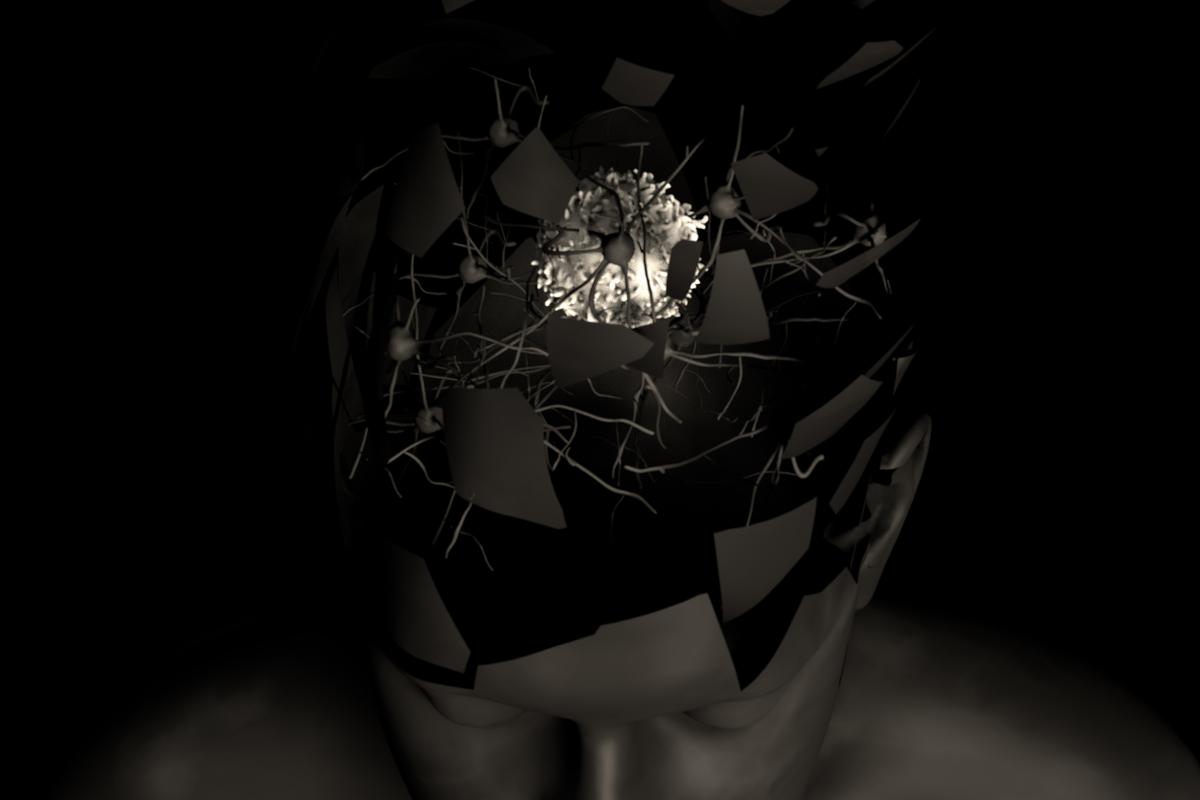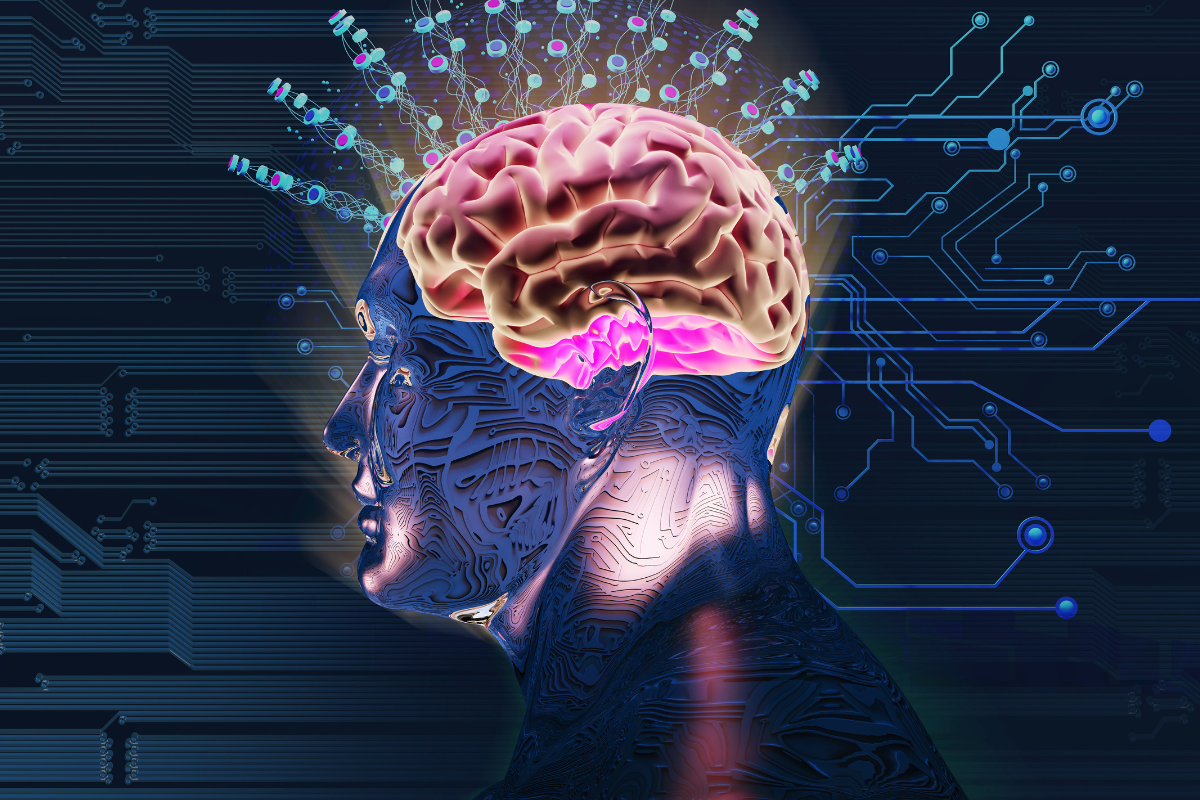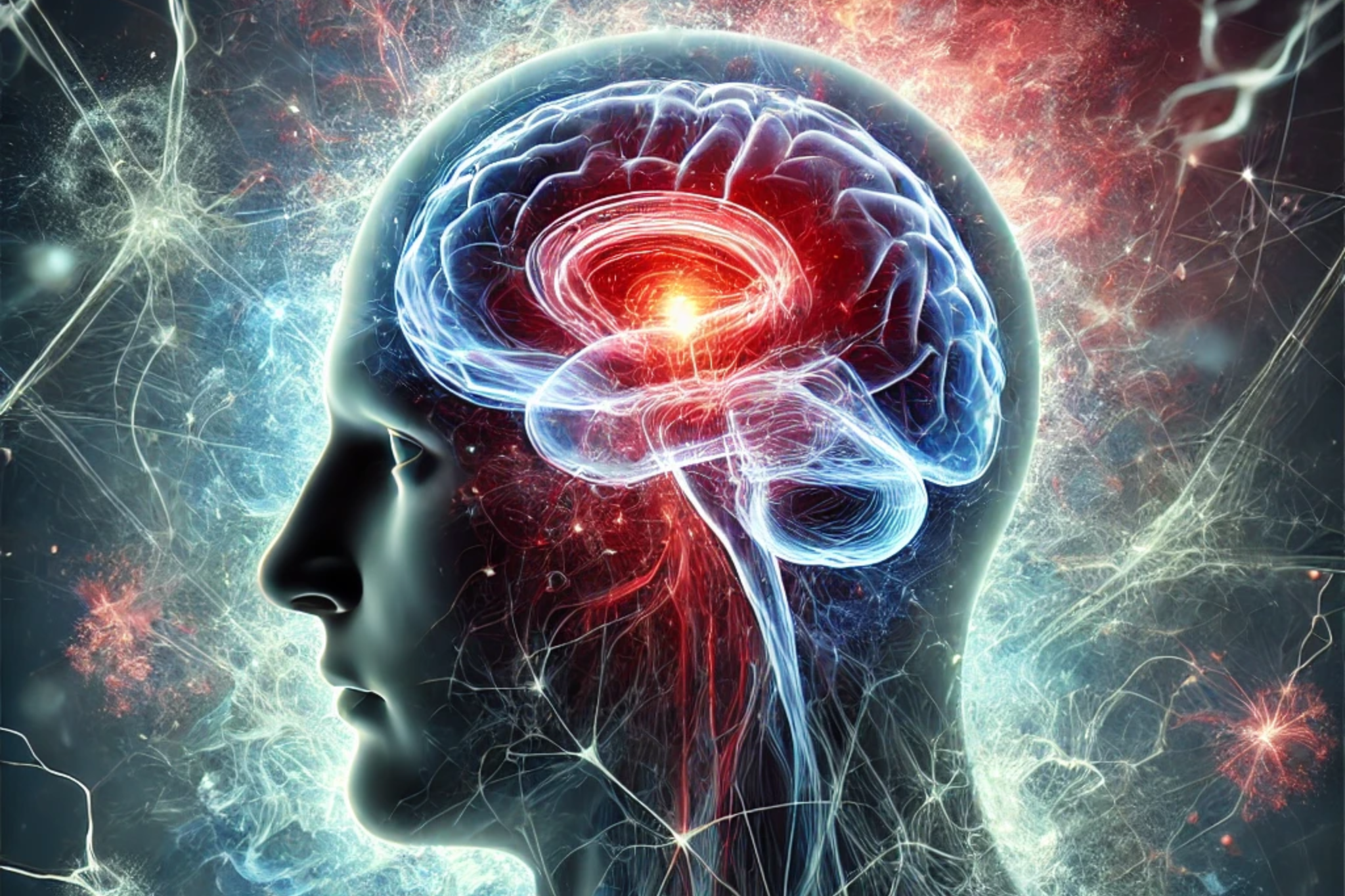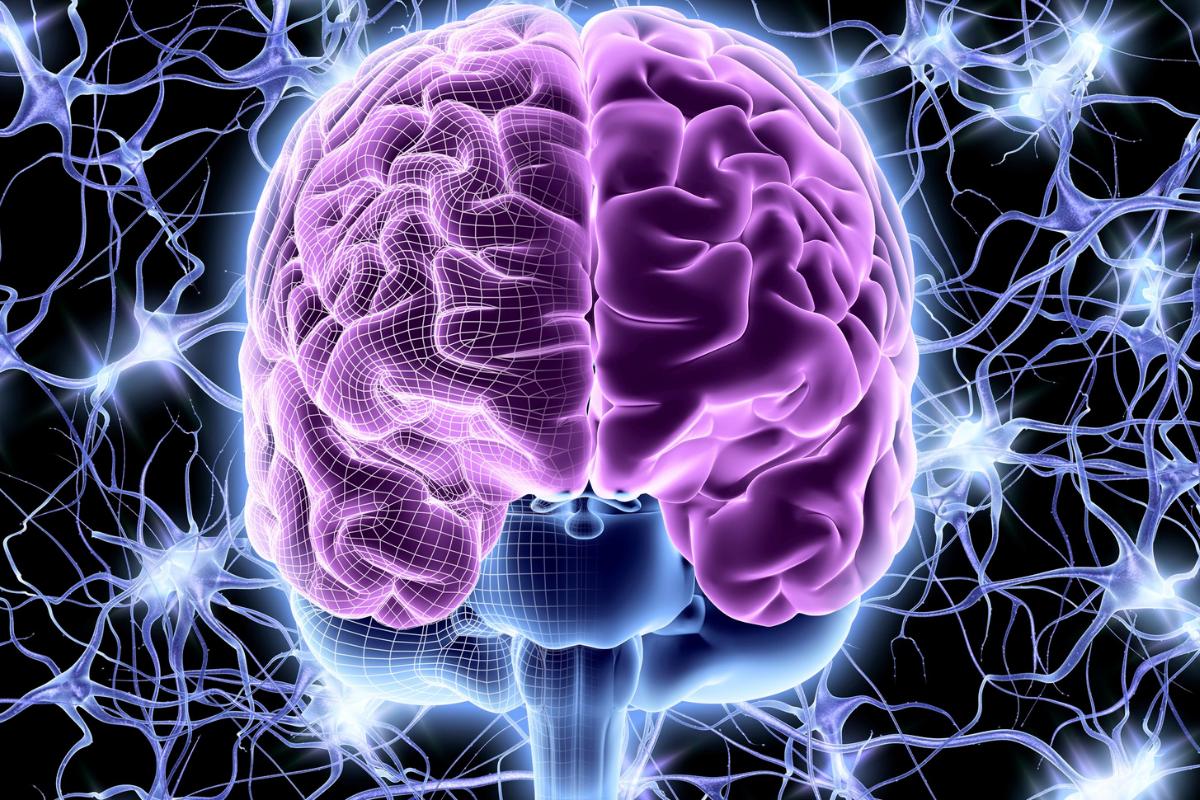What is ketamine and what is it used for? Millions around the world struggle with resistant depression. It promises rapid relief from depressive symptoms.
This breakthrough represents a kind of revolution in the treatment of depression, changing the outlook for recovery. But how exactly does ketamine stand out in the fight against resistant depression? Let's take a look at this therapeutic solution, which promises to transform the lives of those who have sought solutions in vain.
Points of attention
In the fight against resistant depression, ketamine is being highlighted as a new therapeutic option. It stands out for its ability to rapidly improve depressive symptoms. This is an important advance for patients who have not benefited from conventional treatments. However, it is important to be aware of the following points:
- Ketamine infusion for depression is off-label in Brazil, with only the intranasal form S (ketamine) being on-label (official recommendation) in Brazil;
- Treatment with ketamine hydrochloride is indicated for patients who have not responded to other antidepressants;
- The rapid action of ketamine can relieve depressive symptoms in less than 24 hours after administration;
- The approval by Anvisa makes the use of ketamine specific to the hospital environment or authorized clinic, under medical monitoring;
- Ketamine offers a new mechanism of action as a glutamate modulator, differentiating it from other antidepressants;
- Medical monitoring is essential due to the potential side effects of ketamine;
- The use of ketamine requires special care to prevent abuse and addiction;
- Scetamine and its role as an innovative treatment for depression.
What is ketamine?
Scetamine treats adults with depression who have not had success with other treatments. Through intranasal use, it brings hope for effective and rapid improvement of severe symptoms.
It is therefore a drug used primarily for the treatment of treatment-resistant depression (TRD), i.e. major depressive disorder (MDD) in adults who have not responded adequately to other antidepressants, and for the rapid reduction of depressive symptoms in patients with acute suicidal behavior or ideation.
It is an enantiomer of the chemical compound ketamine and acts as an antagonist of the NMDA receptor, which is involved in modulating mood and pain perception. It is administered in the form of a nasal spray and should be used under medical supervision due to its potential for side effects and abuse.
Indications for ketamine and its role in treatment-resistant depression
Scetamine should be recommended by a well-qualified psychiatrist and used in controlled environments, such as hospitals and specialized clinics. In general, it serves as an adjunct treatment to oral antidepressants, increasing the chances of improvement by providing faster relief from the illness.
Rapid action of ketamine and its effects on depressive symptoms
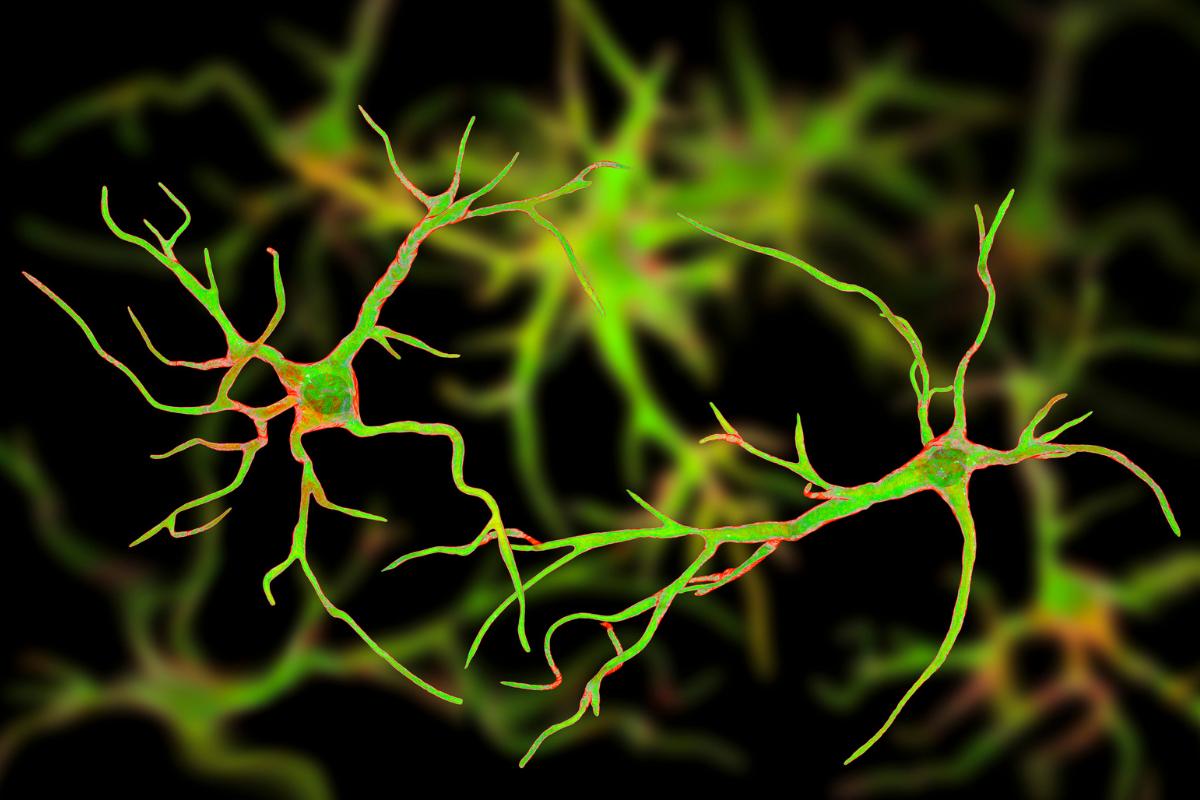 One of the highlights of ketamine is its rapid action. Symptom improvement is often seen within the first 24 hours. This represents a revolution in the treatment of a condition as complex as depression.
One of the highlights of ketamine is its rapid action. Symptom improvement is often seen within the first 24 hours. This represents a revolution in the treatment of a condition as complex as depression.
Sketamine, due to its action as an NMDA receptor antagonist, can provide rapid relief from depressive symptoms, often within hours or days, compared to the weeks it can take for traditional antidepressants to take effect.
This speed of action makes ketamine a valuable option for people with severe depression and for those who have not had success with other treatments.
The effects can include improved mood, increased energy and a reduction in suicidal thoughts. However, the long-term effects and safety of continued use are still being studied. In addition, its benefits tend to be transient and fleeting.
Mechanisms of action: how does ketamine work in the body?
It is vital to understand how ketamine works in the brain in order to understand its effect against depression. This drug stands out for being a glutamate modulator, a mechanism of action that differs from conventional treatments. This marks an important advance in mental health treatment.
Ketamine acts in the body as a selective antagonist of the N-methyl-D-aspartate (NMDA) receptor, a subtype of glutamate receptor.
By blocking these receptors, ketamine interferes with the transmission of signals between neurons mediated by glutamate, a key neurotransmitter involved in mood regulation and cognition.
This blockade can result in a stimulus for greater activity of other neurotransmitters, such as serotonin, noradrenaline and dopamine, which can contribute to antidepressant effects and mood improvement.
Sketamine also seems to promote neuroplasticity, which is the brain's ability to adapt and reorganize, which can help relieve depressive symptoms.
In addition, ketamine seems to activate the opioid system, which may imply an increased risk of addiction that should be carefully assessed by the doctor.
Glutamate receptors and neuronal connections
Sketamine interacts directly with glutamate receptors, which are essential for the connection between brain cells. Glutamate, the brain's main excitatory neurotransmitter, plays a crucial role in the formation of memories and brain plasticity.
By modulating this neurotransmitter, ketamine seems to help repair the neural connections damaged by depression.
Differences between ketamine and other antidepressants
Traditional antidepressants work mainly through the action of serotonin and noradrenaline. Ketamine, on the other hand, focuses on adjusting glutamate activity, its action is based on an innovative paradigm and has brought encouraging results, especially in cases where other approaches have failed.
In addition, ketamine differs from traditional antidepressants in several respects:
Mechanism of action: while most antidepressants, such as selective serotonin reuptake inhibitors (SSRIs) and serotonin and noradrenaline reuptake inhibitors (SNRIs), act by increasing the availability of neurotransmitters such as serotonin and/or noradrenaline, ketamine acts by blocking glutamate NMDA receptors.
Speed of action: ketamine can provide relief from depressive symptoms more quickly, often within hours or days, while traditional antidepressants can take weeks to show benefits.
Route of administration: ketamine is administered nasally, while most traditional antidepressants are administered orally.
Indication: ketamine is approved specifically for the treatment of treatment-resistant depression or major depressive disorder with acute suicidal behavior or ideation - in combination with an oral antidepressant - while other antidepressants are used as first-line treatment.
Side effects: ketamine can have a different side effect profile, including dissociation, increased blood pressure, confusional state, among others, which are not commonly associated with traditional antidepressants.
Potential for abuse: due to its dissociative and psychoactive properties, ketamine has a potential for abuse and dependence, which requires it to be administered under strict medical supervision.
Ketamine: approved use and official recommendations in Brazil
Mental health in Brazil has received a major boost with Anvisa's approval of intranasal ketamine. This decision marks a breakthrough for more advanced and targeted therapies, especially for depression resistant to conventional treatments.
As a treatment on labelSketamine offers a new option for those who have not benefited from traditional methods. But its safe and effective use is restricted to supervised environments and requires medical supervision.
Exclusive administration in authorized hospitals or clinics
 Ketamine is administered exclusively in hospitals or authorized clinics due to its potential for significant side effects and the risk of abuse and misuse.
Ketamine is administered exclusively in hospitals or authorized clinics due to its potential for significant side effects and the risk of abuse and misuse.
These sites have specific protocols for monitoring the patient during and after administration of the drug, guaranteeing the safety and efficacy of the treatment. Medical supervision at the time of administration allows any adverse effects to be managed immediately. But the evaluation of the response to the drug throughout the treatment is carried out by the psychiatrist accompanying the patient.
Health networks play a crucial role in the correct implementation of treatment. It is therefore vital to strictly follow protocols in order to optimize therapeutic benefits and reduce risks.
Precautions and side effects of ketamine
The use of ketamine as an emergency therapy for depression that does not respond to conventional treatments requires strict control. This ensures both efficacy and safety for those who use it.
Given its potency and psychotropic impact, the supervision of a specialist is crucial at every stage of treatment. This monitoring seeks to reduce the risk of adverse reactions, including:
- Pregnancy and breastfeeding: the safety of ketamine during pregnancy and breastfeeding has not been established and is therefore not recommended.
- Dissociation: the feeling of being disconnected from oneself and from reality.
- Sedation: drowsiness or feeling excessively calm.
- Dizziness and nausea: feelings of dizziness or nausea.
- Increased blood pressure: transient rises in blood pressure immediately after administration.
- Cognitive effects: difficulty with attention, judgment and thinking.
- Psychiatric effects: increased anxiety, paranoia or panic.
Look for a qualified professional
If you are struggling with Major Depressive Disorder or treatment-resistant depression and are looking for a specialized approach, don't hesitate to contact us. schedule an appointment with Dr. Petrus Raulino.
With a solid medical degree from UNICAMP, a residency in psychiatry and psychotherapy also from UNICAMP, and more than 20 years of experience, Dr. Raulino is prepared to offer the support and treatment options you need.


